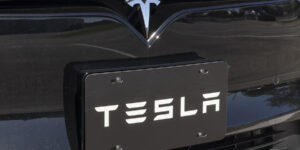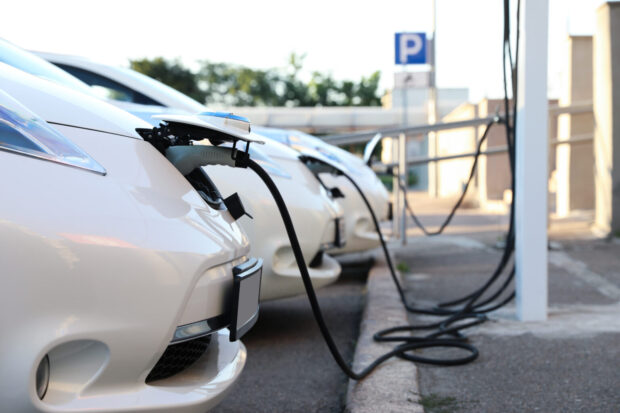A new report debunks the common misconception that electric vehicles (EVs) are declared total losses more often than their internal combustion engine (ICE) counterparts, according to Mitchell, an Enlyte company and technology and information provider for the property & casualty (P&C) claims and collision repair industries.
In its latest trends report, “Plugged-In: EV Collision Insights,” total loss frequency data analysis for electric and ICE vehicles in the U.S. and Canada was conducted for the period between Q1 to Q3 2023. EV total loss rate was determined to be 7.25 percent for models 2020 and newer.
Luxury ICE vehicles manufactured over the same time period and with a comparable actual cash value (ACV) had a rate of 7.47 percent versus 8.49 percent for all ICE vehicles.
“Many believe that auto insurers are writing EVs off as a total loss more often than their ICE counterparts of a similar model year and ACV, even with only minor damage,” said Ryan Mandell, director of claims performance at Mitchell. “Our data simply does not support that conclusion. In fact, even though an EV’s lithium-ion battery significantly increases the likelihood of a total loss outcome, we do not see these automobiles declared total losses more often than ICE alternatives.”
Along with total loss frequency, the Q3 2023 Mitchell report documents the difference in EV and ICE vehicles.
Labor for EVs represented nearly half the cost of the total collision repair (49.66 percent) as compared to ICE alternatives (41 percent), equating to more than six additional labor hours per job.
Repair costs for all EVs continue to trend higher than those for gasoline-powered vehicles, with a differential of $950 in the U.S. and $1,301 in Canada, Mitchell found. These figures are expected to rise as supplements are written.
Original equipment manufactured (OEM) parts are the standard for EV repair with 88.85 percent of repairable EVs using parts provided by the vehicle manufacturer versus 67.48 percent for ICE alternatives.
The report also highlights a modest increase from Q2 in claims volume for repairable EVs of 1.86 percent in the U.S. and 3.14 percent in Canada.
The top North American regions for EV collisions—British Columbia, California and Quebec— also saw increased claims frequency, the report found.
The full report can e downloaded at www.mitchell.com/plugged-in





















 Progressive Gains as Drivers Shop Around for Auto Insurance—Again
Progressive Gains as Drivers Shop Around for Auto Insurance—Again  E&S Property In Focus: Competition Up, Price Momentum Waning
E&S Property In Focus: Competition Up, Price Momentum Waning  USAA to Lay Off 220 Employees
USAA to Lay Off 220 Employees  Executives on the Move at AIG, White Mountains, Vermont Mutual
Executives on the Move at AIG, White Mountains, Vermont Mutual 